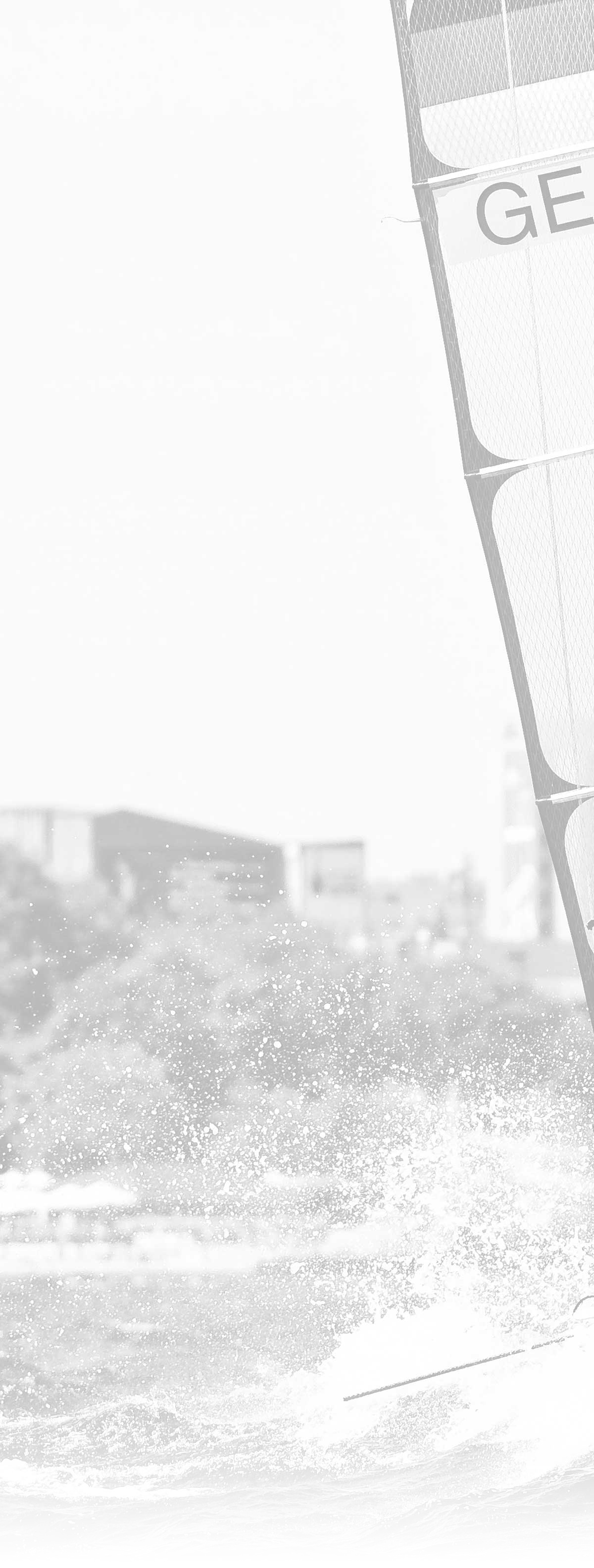Nacra 17 Platform Setup Guide
At the 2022 World Championship, all the boats competing were measured thoroughly with special attention paid to the platform geometry. Reviewing the data it became obvious that there is a very small amount of variation within the fleet, especially with the top sailors.
As such, we have decided to publish the average measurement data of the critical platform geometries so teams can check their own boats and know they are close to what everyone else is using. You should assume that all the top sailors were racing with their platforms very close to this geometry at the 2022 Worlds.
These measures were taken with the platform in racing trim, so with beam bend on but without rig tension.
Here are some average measurements of the platforms.
Bow to Bow – Average 2178 mm
Measure across front of hulls from the centre line of the bow of the starboard hull to centreline of the bow of the port hull at the chine height.
Transom to Transom – Average 2191 mm
Measure from inner edge on port hull to outer edge of the starboard hull, measured across the line formed by the underside of the top transom gudgeon fitting.
Toe In Toe Out – 10mm
Support the boat on trestles and place the boards fully down and set at the zero rake point. Measure across the bottom of the hulls between the centre line of the two boards and at the exit point of the board from the bearing. Take one measurement between the leading edges and one measurement between the trailing edges. The difference between the two numbers gives you the toe in and toe out measurement.
Lower Bearing to Lower Bearing (aft) – 2264 mm
Measure across the platform, underneath the hulls, from the inside edge of the port bearing at the bolt point to the inside edge of the starboard bearing at the front bolt points. Measurements taken at the aft bolt point are within +/- 1mm of the front measurement.
Daggerboard tip to daggerboard tip – 860mm (with slight inward tension)
Support the boat on trestles and place the boards fully down and set at the zero rake point. Measure between the tips of the boards with light pressure pushing the tips together to take out any slack.
Rudder Rake adjustment range – 4 degrees
